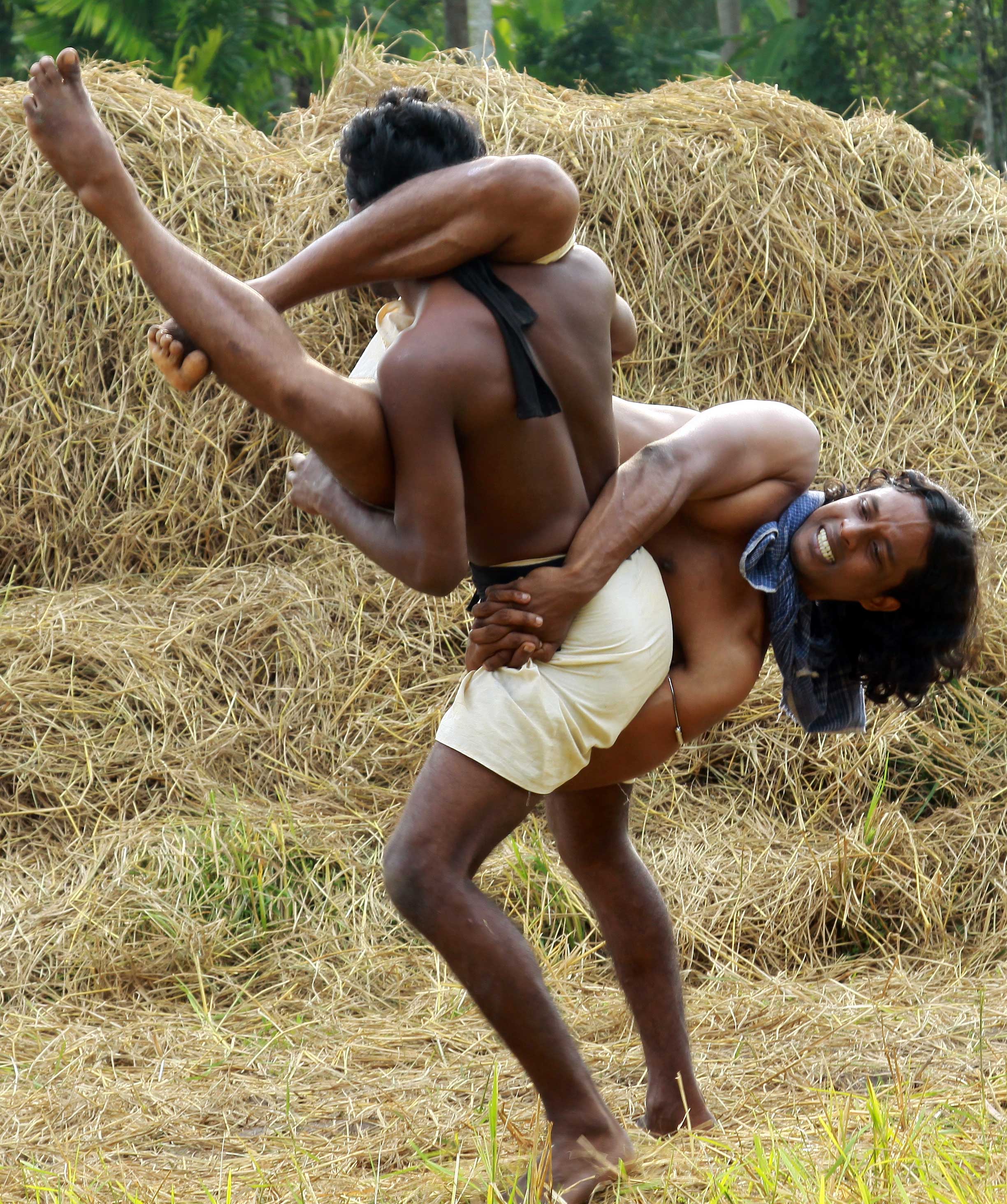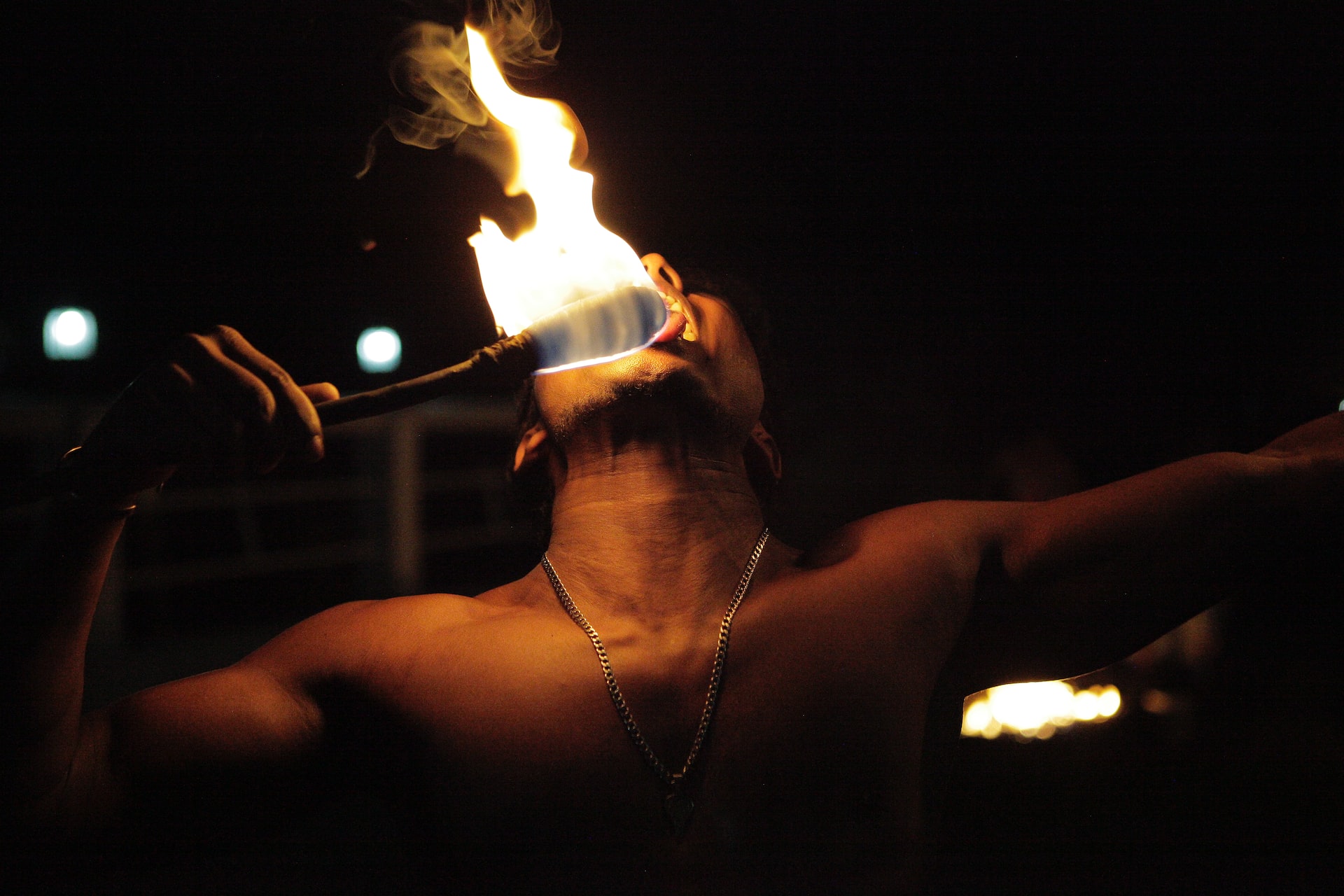Angam is thought to have been a component of Sri Lanka's prehistoric culture, which predates it by more than 5000 years. It had developed through several generations, withstood the test of time, and at one point turned into an essential component of the Sri Lankan way of life. For ages, the nation experienced extremely tumultuous periods that forced its rulers to organize defenses with the aid of their fellow citizens in order to combat both external invasions and internal strife.The monarchy maintained a reasonable army that consisted of full time soldiers, but the majority of countrymen were ready to answer the call to arms in the name of king and country. Hence Masters of Angam were scattered throughout the land under whom civilians who engaged in different trade such as farming, pottery etc… also trained in the martial arts for mental and physical discipline as much as to be able to protect their country in a time of need.
Because of its fierce nature the British rule of Sri Lanka at the time banned and outlawed the practice of Angam and resorted to extreme measures which included imprisonment, persecution, and an order to shoot in the knees of any known practitioner of the art during the colonial era of Sri Lanka by the British as it fueled the martial spirit of the natives. Due to this situation, Angam was practiced solely underground among a select few. Most Gurus (masters) refrained from teaching, but a few warrior families that were dedicated for the preservation of the art, carried it through generation to generation until today. The history of angam is unclear and fragmented, due to the fact that it’s vast history and evolution to what it is today, had never been recorded in an official treatise. However it is fortunate that the technical aspects of angam had been documented by angam warrior clans of Sri Lankan.
Because the lengthy history of angam and its development into what it is today were never documented in a formal treatise, it has an uncertain and fragmented past. Nevertheless, it is fortunate that Sri Lankan angam warrior clans have chronicled the technical features of angam. All we have are contradictory accounts of historical occurrences where it appeared only momentarily before disappearing from the records, leaving voids and many questions unsolved.
Angam is thought to have been a component of Sri Lanka's prehistoric culture, which predates it by more than 5000 years. It was formerly an essential component of the Sri Lankan way of life and had developed from generation to generation while withstanding the test of time. The oldest evidence of Angam is thought to have been passed down through King Ravana's extensive knowledge, who is thought to have ruled over ancient Sri Lanka some 6000 years ago. A more modern example of the art can be found in the bloody legend of King Dutugamunu, who ruled around 161 BC. Ten Great Warriors, about whom spectacular tales have been fashioned around their fearless exploits with their ruler, were thought to have served King Dutugamunu..










